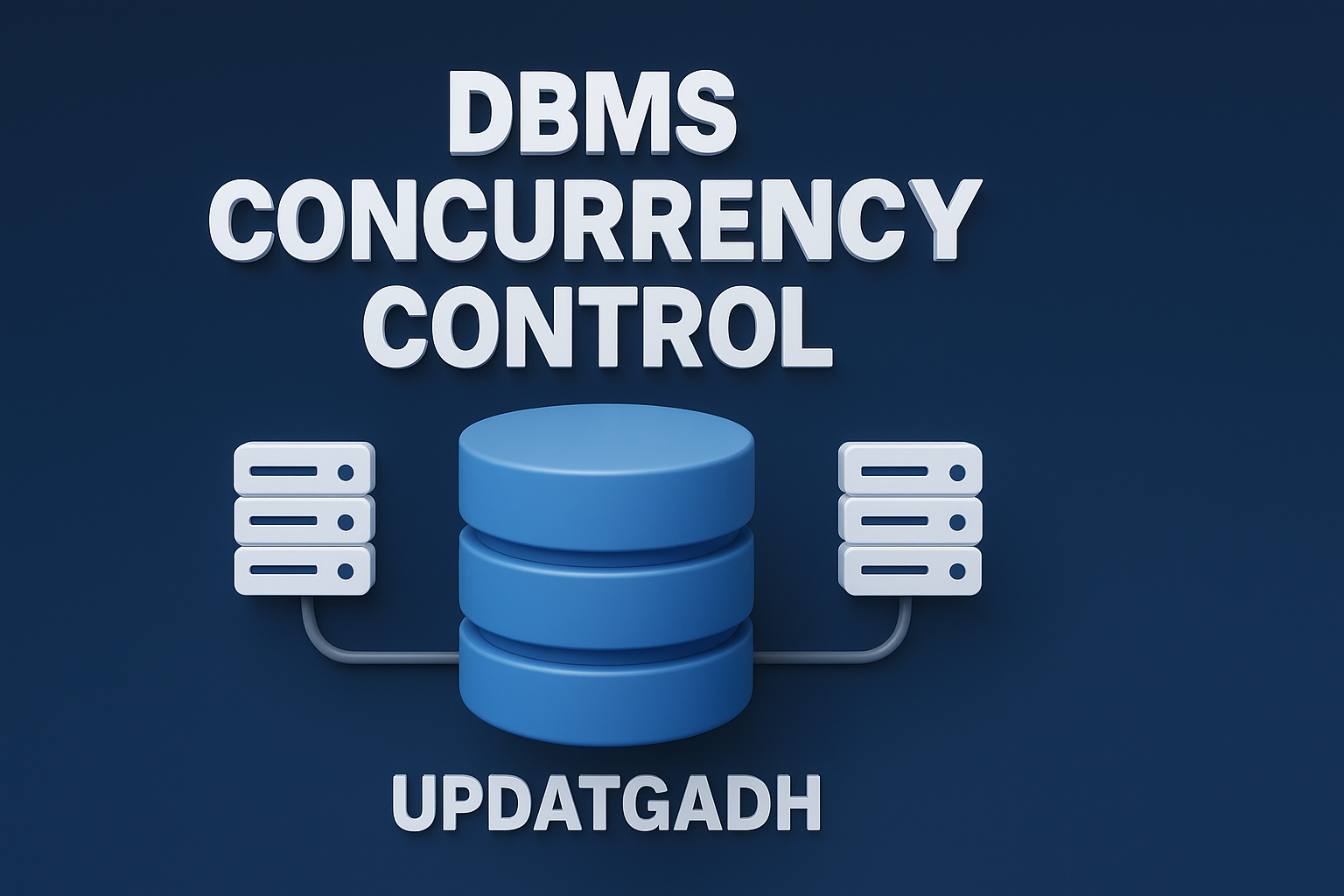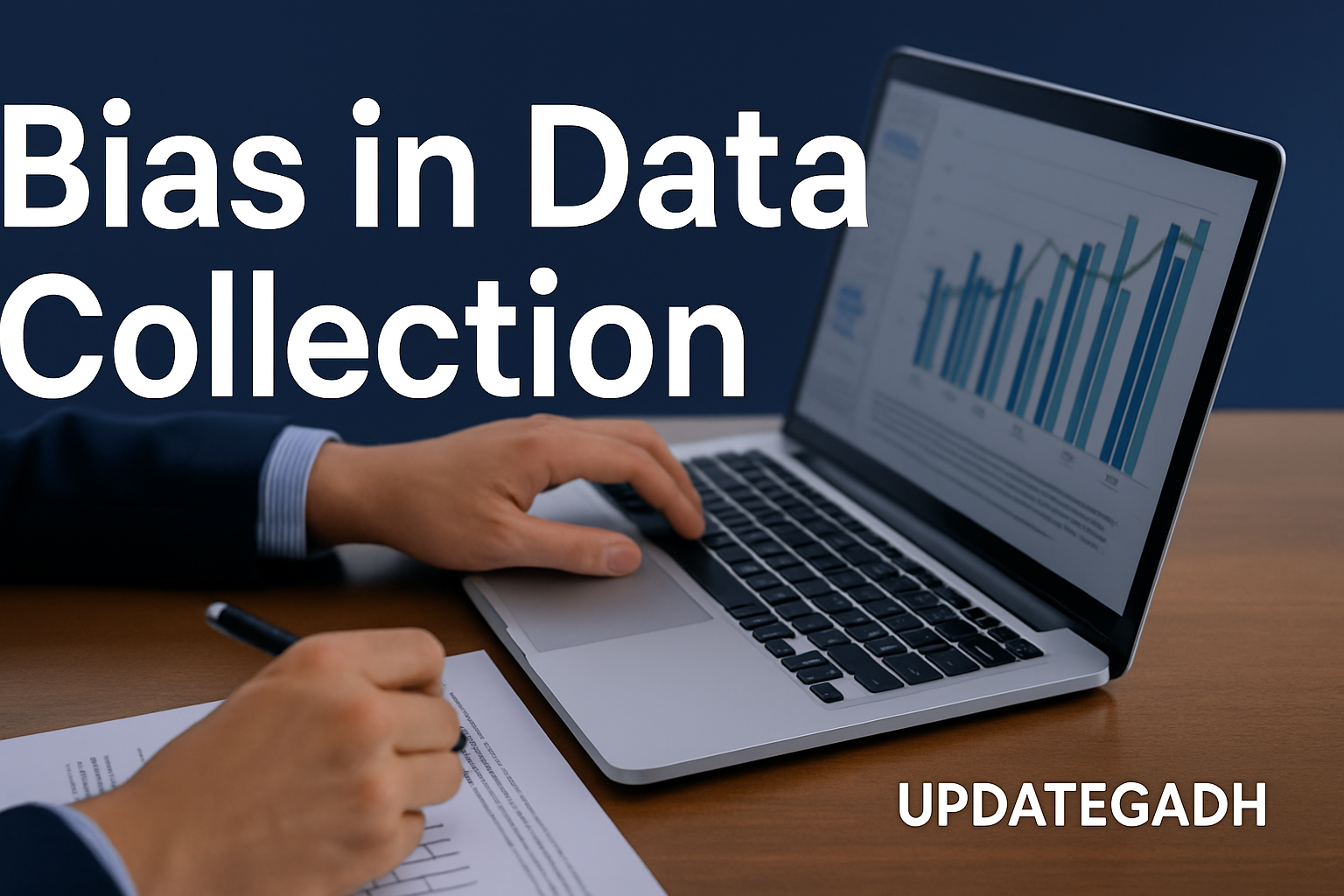
Python Libraries for Extracting Text from Images
Python Libraries for Extracting Text from Images
Introduction
In today’s digital landscape, images often contain valuable textual information—whether it’s scanned documents, ID cards, receipts, or screenshots. Extracting this data is crucial for building smarter applications in fields like automation, document management, accessibility tools, and data analysis.
Optical Character Recognition (OCR) is the technology that enables computers to recognize and convert different types of documents—such as scanned paper documents, PDF files, or images captured by a digital camera—into editable and searchable data. Thanks to Python’s rich ecosystem of libraries, implementing OCR in your projects has become simpler and more efficient than ever.
Let’s explore how OCR works, its significance, and the most reliable Python libraries for extracting text from images.
Complete Python Course with Advance topics:-Click Here
SQL Tutorial :-Click Here
Machine Learning Tutorial:-Click Here
What is Optical Character Recognition (OCR)?
OCR is a technique that converts printed or handwritten text in images into machine-readable text. It recognises letters, numbers, and symbols using computer vision and pattern recognition, allowing computers to comprehend and work with previously locked-in visual content.
Why OCR Matters
1. Digital Documentation
OCR is crucial in transforming physical records—such as books, reports, forms, and invoices—into digital formats. This transformation streamlines storage, retrieval, and sharing, cutting down on paper usage and manual data entry.
2. Accessibility
Digital accessibility is improved with OCR, particularly for those who are visually impaired. By converting embedded image text into readable formats, screen readers and assistive technologies can better interpret content.
3. Data Extraction and Analysis
OCR is used in finance, healthcare, logistics, and law for pulling essential information from documents like contracts, bills, or prescriptions. Automating these extractions improves accuracy, speeds up workflows, and helps in effective data analysis.
4. Searchability
Once text is extracted from image-based files, users can search, highlight, or index content efficiently. This is particularly helpful in large-scale document repositories where searching by keywords is essential.
5. Automation
OCR enables the automation of repetitive tasks like invoice processing, form filling, and ID verification. This lowers operating expenses while simultaneously increasing production.
Top Python Libraries for Text Extraction from Images
Python offers several robust libraries for OCR tasks. Here’s a list of the most effective and widely used ones:
1. Pytesseract (Tesseract OCR Wrapper)
Google’s open-source Tesseract OCR system has a Python wrapper called Pytesseract. It offers a straightforward interface for adding OCR functionality to Python programs.
- Key Features:
- Multilingual support
- Image preprocessing options
- Simple integration with OpenCV and other libraries
- Easy and effective syntax for text extraction
import pytesseract
from PIL import Image
text = pytesseract.image_to_string(Image.open('sample.jpg'))
print(text)
2. OpenCV
Although not a dedicated OCR library, OpenCV (Open Source Computer Vision Library) is widely used for image processing. It enhances images before feeding them into OCR engines like Tesseract for better accuracy.
- Key Features:
- Image filtering and noise reduction
- Contour detection and image segmentation
- Text localization before OCR processing
OpenCV is often used in combination with other OCR tools for tasks like image binarization and morphological transformations.
3. PyOCR
Another Python wrapper, PyOCR, supports Tesseract and Cuneiform, among other OCR engines. It allows users to switch between different backends depending on the task.
- Key Features:
- Multiple OCR engine support
- Language configuration options
- Good for basic OCR integrations
4. EasyOCR
EasyOCR is a deep learning-based OCR library that supports over 80 languages. It’s lightweight, efficient, and very accurate for real-world scenarios.
- Key Features:
- GPU and CPU support
- Pre-trained models for various languages
- High accuracy even with complex backgrounds
import easyocr
reader = easyocr.Reader(['en'])
text = reader.readtext('sample.jpg')
print(text)
5. Kraken
Kraken is an advanced OCR engine that supports training on custom datasets. It’s ideal for projects involving historical texts, rare scripts, or non-standard layouts.
- Key Features:
- Train your own OCR models
- Supports complex document structures
- Good for academic and archival use cases
6. Google Cloud Vision (google-cloud-vision)
Google Cloud Vision API is a cloud-based OCR solution offered by Google. With Python’s google-cloud-vision package, developers can easily access this powerful API.
- Key Features:
- High accuracy with support for over 50 languages
- Automatic language detection
- Cloud-based scalability
- Extracts not just text but also structural metadata
from google.cloud import vision
client = vision.ImageAnnotatorClient()
with open('sample.jpg', 'rb') as img:
content = img.read()
image = vision.Image(content=content)
response = client.text_detection(image=image)
for text in response.text_annotations:
print(text.description)
Download New Real Time Projects :-Click here
Complete Advance AI topics:- CLICK HERE
Conclusion
OCR is a transformative technology that unlocks the potential of text hidden in images. With Python’s rich collection of OCR libraries—from Pytesseract to Google Cloud Vision—you can efficiently build applications that automate text extraction, improve accessibility, and streamline data analysis.
Whether you’re building a document scanner, automating invoice processing, or making content accessible to all, these libraries provide a solid foundation.
Stay tuned to Updategadh for more tutorials, guides, and developer insights to power your next Python project!
extract text from image python without tesseract
pytesseract
extract text from-image python github
extract text from image python machine learning
easyocr python
extract text from image python opencv
extract text from image python easyocr
handwritten image to text python
extract text from image python github
python libraries for extracting text from images
top 5 python libraries for extracting text from images
extract text from an image using python
extract data from text using python
python extract text from images
python libraries for extracting data from pdf
python text extraction library
python libraries for images
how to extract text from an image using python










Post Comment